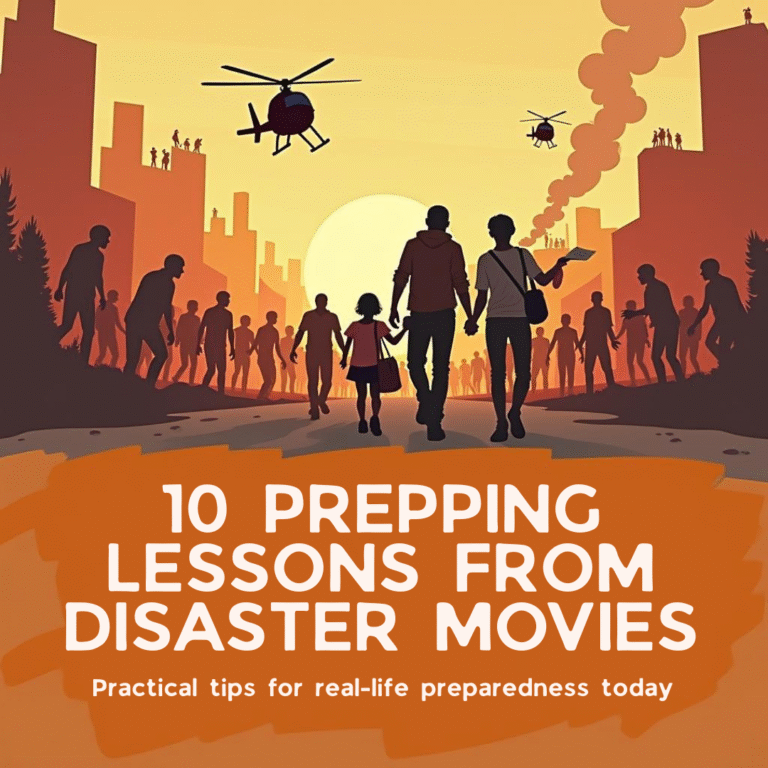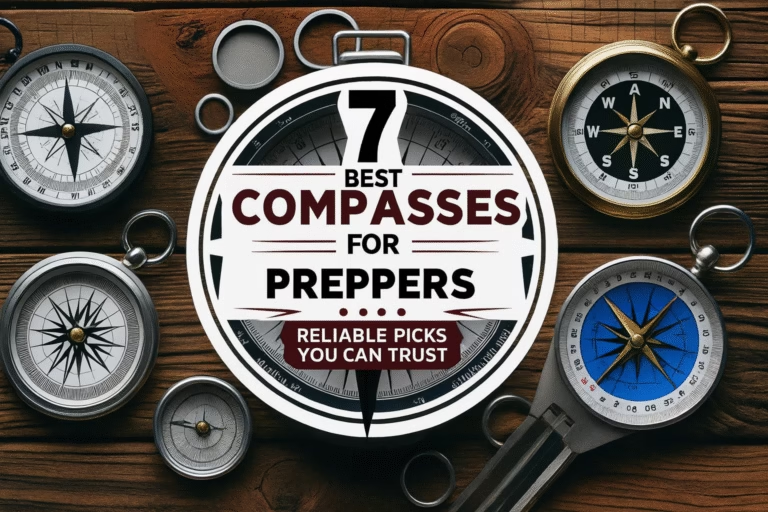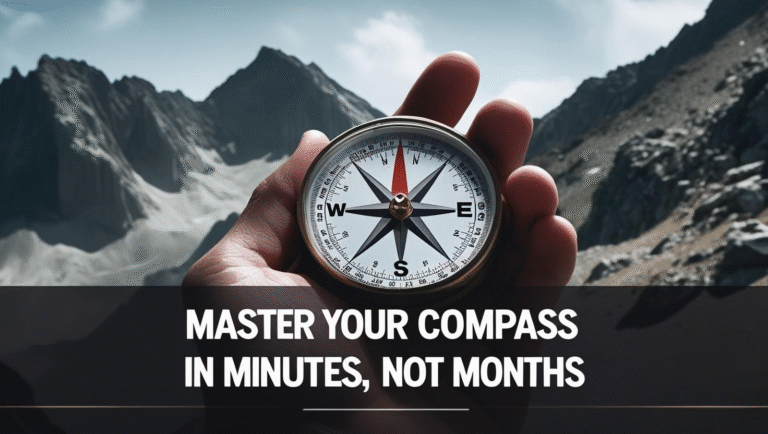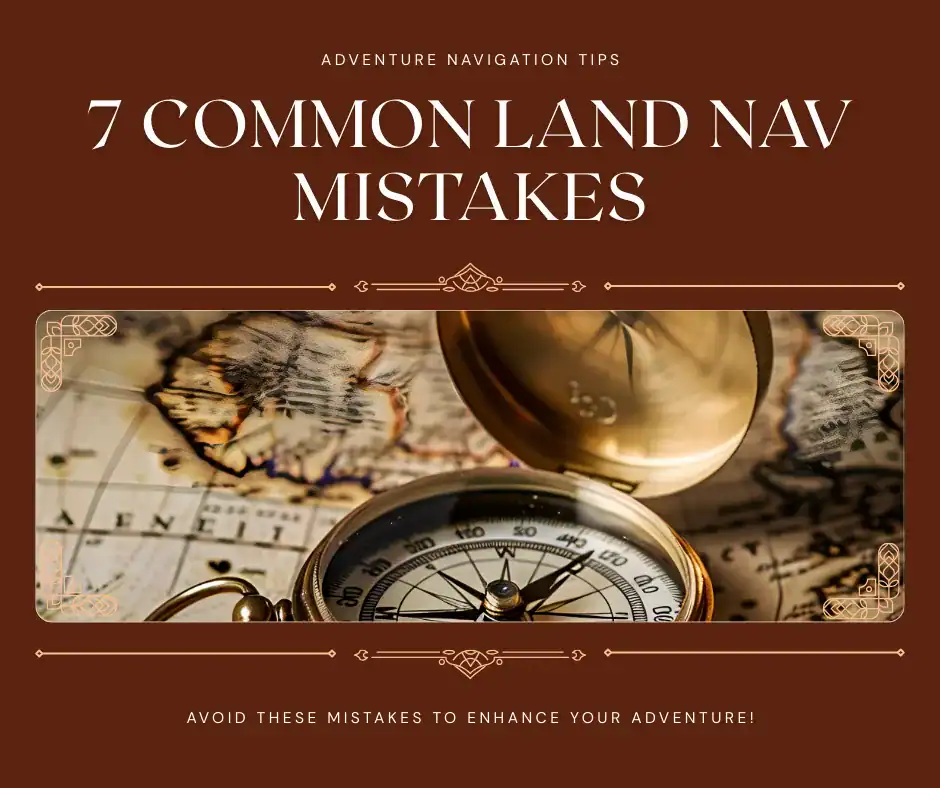
7 Land Nav Mistakes That’ll Make You Famous (For All the Wrong Reasons)
Let’s be honest—you bought that fancy compass and topo map thinking you’d channel your inner Bear Grylls, didn’t you? Fast forward to mile three, and you’re standing in a clearing that definitely wasn’t on the map, wondering if that ridge is the one you’re supposed to be on or if you’ve somehow teleported to a parallel universe where geography makes no sense.
Here’s the thing: getting lost isn’t just embarrassing (though it absolutely is). It’s the kind of mistake that turns a fun weekend into a search-and-rescue operation, complete with helicopters, volunteers with worried expressions, and a very awkward conversation with park rangers. Over 60% of wilderness emergencies stem from people who thought they knew where they were going. Spoiler alert: they didn’t.
But here’s the good news—every single one of these face-palm moments is completely preventable. Master these basics, and you’ll be the person everyone wants on their team, not the one they’re secretly planning to leave behind.
The 7 Land Nav Mistakes You Can’t Afford
Here’s the uncomfortable truth: every lost hiker started their day feeling confident. They had gear, they had a plan, and they had that unshakeable belief that getting lost happens to other people—the unprepared ones, the careless ones, definitely not them. Yet somehow, thousands of experienced outdoors enthusiasts still manage to turn routine adventures into expensive helicopter rides every year.
The difference between those who make it back for dinner and those who star in tomorrow’s search-and-rescue report? It usually comes down to seven predictable, preventable mistakes. Master these fundamentals, and you’ll join the ranks of people who navigate with quiet confidence instead of loud panic. Ignore them, and you’ll become a cautionary tale told around campfires for years to come.
1. Land Nav Mistake #1 – Not Setting Your Declination
The Screw-Up: Magnetic north and true north are not the same thing. Shocking, I know. Your compass points to magnetic north, which is currently somewhere in northern Canada having an identity crisis and moving around like a drunk penguin. The difference between where it points and actual north can be anywhere from 0 to 30 degrees, depending on where you are.
In practical terms? If you’re off by 10 degrees over just two miles, congratulations—you’re now a quarter mile from where you think you are. That’s the difference between hitting your campsite and wandering into someone else’s nightmare.
The Fix: Check your map’s declination diagram (usually tucked away in the corner like fine print you actually need to read). Most decent compasses let you set this once and forget it. If yours doesn’t, you’ll need to do mental math every time—which, let’s face it, gets sketchy when you’re tired, cold, and questioning your life choices.
Pro Reality Check: That vintage 1980s map your dad gave you? Its declination could be off by several degrees thanks to our wandering magnetic pole. Use maps from this decade, not the Carter administration.
2. Land Nav Mistake #2 – Treating Your Compass Like a Toy
The Screw-Up: I’ve watched people shake their compass like a snow globe, hold it next to their steel water bottle, and generally treat this precision instrument like a toy from a cereal box. Then they wonder why it’s giving them directions to Narnia.
The Fix: Hold it steady at chest level, away from anything metal (including that tactical knife you’re so proud of). Let the needle settle completely before reading it. Yes, this takes patience. No, waving it around won’t make it work faster.
Reality Check: I once watched a guy get turned around for two hours because he kept his compass next to his phone. His expensive, GPS-enabled phone. The irony was not lost on anyone except him.
3. Land Nav Mistake #3 – Ignoring Terrain Features
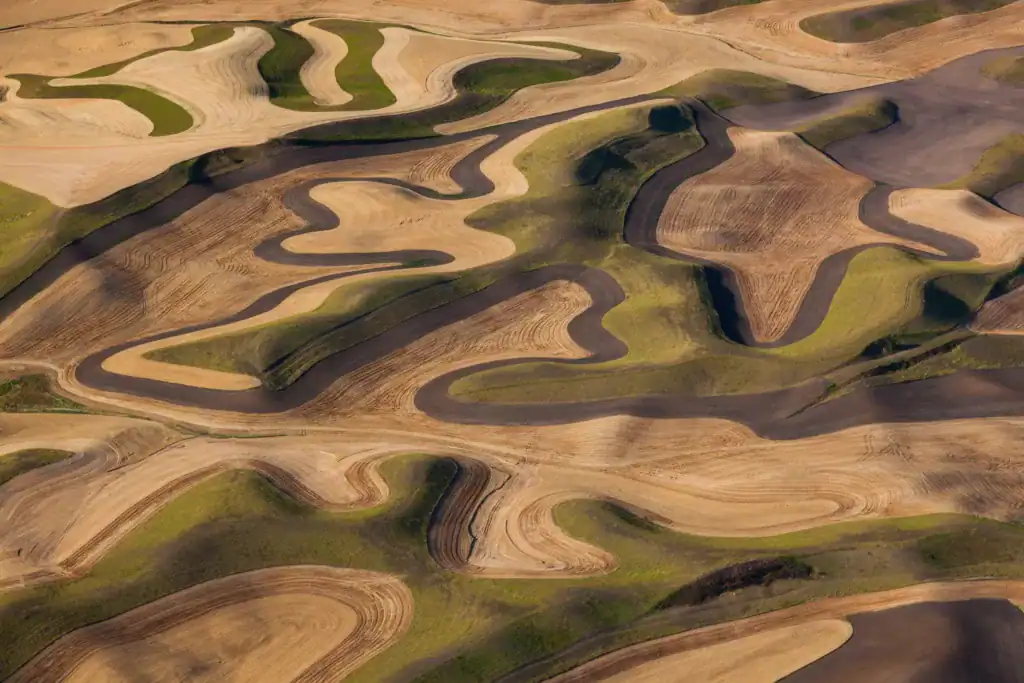
The Screw-Up: Following your compass bearing like a robot, even when the terrain is screaming that something’s wrong. If your map says you should be walking on flat ground but you’re rock-climbing, maybe—just maybe—you’re not where you think you are.
The Fix: Look around! Those squiggly lines on your map represent actual hills and valleys. If the landscape doesn’t match what you’re seeing on paper, stop and figure out where you actually are before continuing your march into oblivion.
Truth Bomb: The military has a saying: “Terrain drives.” Translation: Mother Nature always wins arguments with your compass. Learn to read the landscape, not just the needle.
4. Land Nav Mistake #4 – Bad Pace Counting
The Screw-Up: Measuring distance by counting steps sounds simple until you realize your “100-meter pace count” changes dramatically when you’re hiking uphill with a full pack, or when you’re tired, or when the terrain gets rough, or when you’re slightly panicked about maybe being lost.
The Fix: Calibrate your pace count on a known distance, then practice in different conditions. Uphill with a pack? Your stride shortens. Thick brush? You’re taking smaller steps. Night time? Everything changes. Use ranger beads or pebbles to keep track—your brain has better things to worry about than remembering if you’re on step 347 or 374.
Real Talk: Elite military units drop people from selection courses for bad pace counting. If it matters that much to folks whose job involves not dying, maybe take it seriously.
5. Land Nav Mistake #5 – Not Backstopping
The Screw-Up: Charging toward your destination without identifying a “backstop”—that obvious feature that screams “you’ve gone too far, genius.” It’s like driving without checking for landmarks; you might end up in the next state wondering where you made the wrong turn.
The Fix: Before you start moving, identify an unmistakable feature beyond your target—a road, river, or ridgeline that you absolutely cannot miss. If you hit it, you know you overshot and can backtrack. It’s your safety net for when (not if) you mess up.
Example: Heading to a lake? Make sure there’s a major trail or road on the far side. Hit the trail? Congratulations, you walked past your lake. Turn around and look harder.
6. Land Nav Mistake #6 – Getting Lazy with Map Orientation
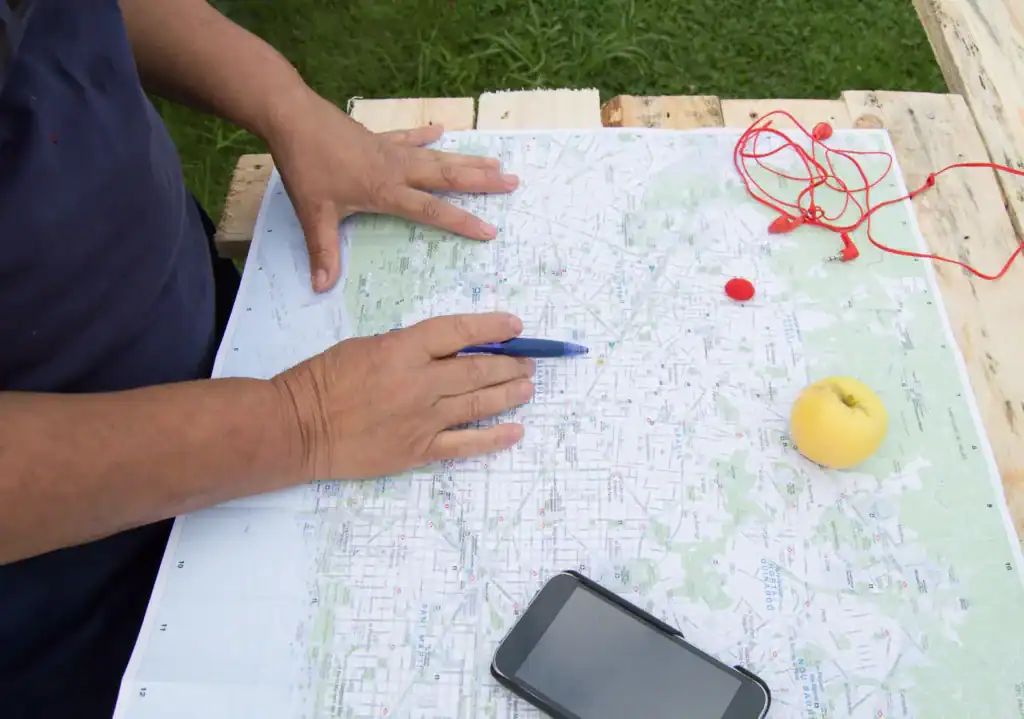
The Screw-Up: Holding your map like a newspaper, regardless of which direction you’re actually facing. This is like trying to navigate while standing on your head—technically possible, but unnecessarily confusing.
The Fix: Orient your map so north on the paper points to actual north in the world. Revolutionary concept, I know. Do this every time you stop, not just when you’re hopelessly confused.
Sanity Saver: Keep your thumb on your current location as you move. It’s harder to get lost when you’re literally keeping track of where you are.
7. Land Nav Mistake #7 – Failure to Reselect Along the Way
The Screw-Up: Taking one bearing at the start and following it blindly, ignoring the fact that humans naturally drift (usually to the right), terrain forces detours, and even small errors compound over distance like interest on a credit card you forgot about.
The Fix: Break your route into segments. Check your position and adjust your bearing every 10-15 minutes or at prominent features. Yes, it slows you down initially, but it beats spending three hours walking in circles.
Reality Check: Even experienced navigators screw this up when they get complacent. Treat every leg of your journey like a new mini-adventure in not getting lost.
Wrapping It Up – Avoiding Land Nav Mistakes in the Real World
Land navigation isn’t rocket science, but it’s not exactly intuitive either. It’s a skill that rewards practice, punishes laziness, and has zero tolerance for “close enough.” The good news? Every mistake you could possibly make has been made by someone before you, often by people with way more experience who should have known better.
The secret isn’t being perfect—it’s building habits that catch your mistakes before they turn into epics. Plan your route, check your work, and for the love of all that’s holy, look around once in a while. Your future self (and your search-and-rescue fund) will thank you.
Recommended Gear for Avoiding Land Nav Mistakes
Suunto MC-2 Compass – Adjustable declination, mirror for signaling rescue when you inevitably ignore this advice, and built tough enough to survive your learning curve.
Cammenga 3H Tritium Compass – Self-illuminating, military-grade, and simple enough that you can’t mess it up even when your brain is running on fumes and false confidence.
Custom Topo Maps from CalTopo – Waterproof, up-to-date, and detailed enough to show you exactly what you’re looking at. Worth every penny when you’re standing in the middle of nowhere.
Ranger Beads – Low-tech, foolproof pace counting that works when your phone is dead and your brain is fried. Sometimes the old ways are the best ways.
Waterproof Notepad – For writing down bearings, distances, and the increasingly creative curse words you invent while navigating. Trust me, you’ll need it.
Land Nav Mistakes FAQs
Q: Do I really need to worry about declination? A: Only if you want to end up where you intended. A 5-degree error over 6 miles puts you half a mile off course. In the mountains, that half-mile might be a cliff.
Q: How accurate does my pace count need to be? A: Good enough to get you close, then let terrain features do the fine-tuning. Aim for within 10%, but don’t stress about perfection—you’re not surveying property lines.
Q: GPS or compass—which is better? A: Both. GPS for speed and convenience, compass for when your GPS decides to take an unscheduled nap. Electronics fail; basic geometry is forever.
Q: Can I navigate without any gear? A: Sure, if you enjoy playing survival roulette. Natural navigation works, but it’s slower, less accurate, and requires skills that take years to develop. Start with the basics before going full primitive.
Q: How do I practice without getting spectacularly lost? A: Start small. Practice in familiar areas with obvious boundaries—like parks with clear trails. Graduate to more challenging terrain only after you’ve proven you won’t need a rescue team.
Heads-Up, Fellow Preppers:
Some links in this post are sponsored or affiliate links. If you click and buy, I may earn a small commission—enough to restock my peanut butter and maybe add one more can of chili to the stash. I only recommend gear I trust, use, and would hide in a bug-out bag.


